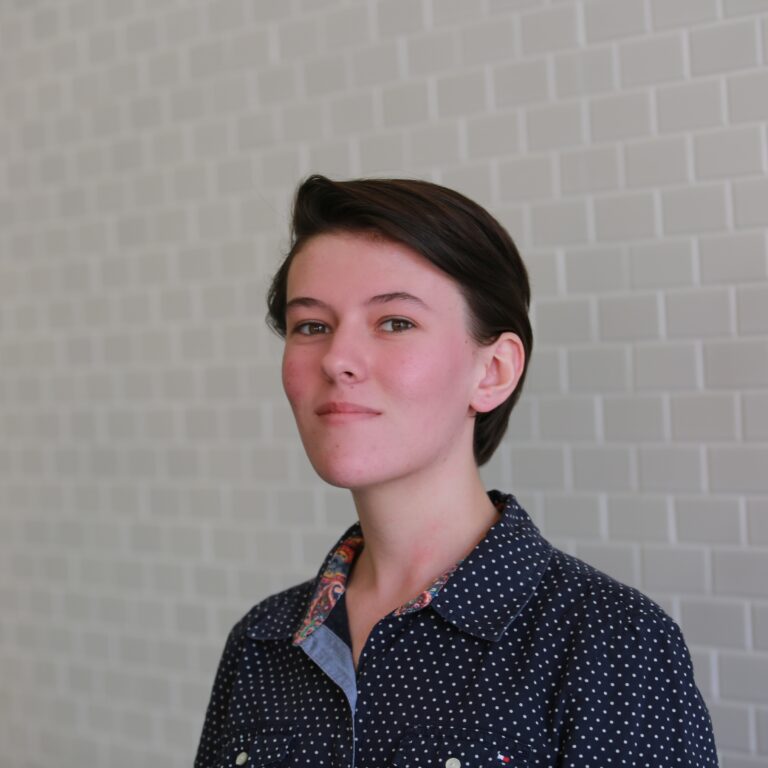Industrial - Bachelors
Stara Umbrella Design
This project aimed to use the needs of the users and gaps in the industry to inform a new bespoke umbrella design. The project was broken down into three steps: Research, Ideation, and Finalisation. From these steps, the newest standard umbrella design has been created for the company MakMax Australia.













